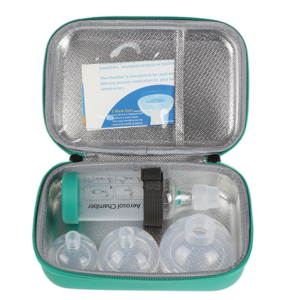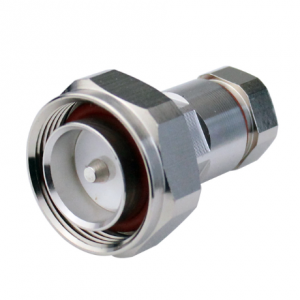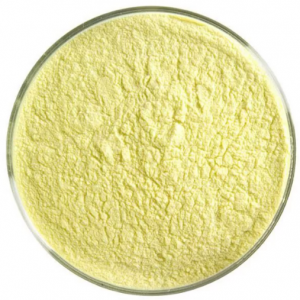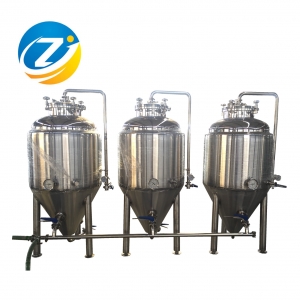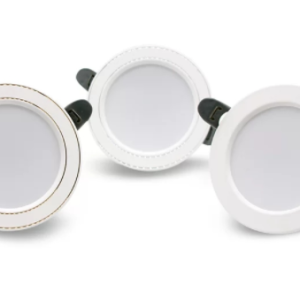combiner industry news for Selected applications:
combiner industry news includes optical power meter, Stabilized Light Source, optical multimeter, optical time domain reflectometer (OTDR) and optical fault locator.
Optical power meter: Used to measure the maximum optical power or the relative loss of optical power through a section of optical fiber. In fiber optic systems, measuring optical power is fundamental. Much like the multimeter in electronics, in optical fiber measurement, the optical power meter is a heavy load commonly used meter, optical fiber technicians should have one. An optical power meter can evaluate the performance of an optical device by measuring the maximum power of the transmitter or optical network. When used in combination with a stable light source, optical power meters can measure connection losses, verify continuity, and help evaluate the transmission quality of optical fiber links.
Stable light source: Emits light of known power and wavelength to the optical system. The stable light source is combined with the optical power meter to measure the optical loss of the optical fiber system. For off-the-shelf optical fiber systems, the transmitter of the system can also be used as a stable light source. If the end machine does not work or there is no end machine, a separate stable light source is required. The wavelength of the stable light source should be as consistent as possible with that of the system terminal machine. After the system is installed, you often need to measure the end-to-end loss to determine whether the connection loss meets the design requirements. For example, measure the loss of connectors, connection points, and optical fibers.
Optical multimeter: Measures the optical power loss of an optical fiber link. There are two kinds of optical multimeters:
1. It is composed of independent optical power meter and stable light source.
2. Integrated test system integrating optical power meter and stable light source.
In a short distance local area network (LAN), where the endpoints are within walking or talking distance, a technician can successfully use an economical composite optical multimeter at either end, with a stable light source at one end and an optical power meter at the other. For long distance network systems, technicians should equip each end with a complete combination or integrated optical multimeter.
Temperature may be the most exacting criterion when choosing a meter. Field portable equipment should be at -18℃ (no humidity control) to 50℃ (95% humidity)
Optical time-domain reflectometer (OTDR) and Fault Locator: Function of optical fiber loss and distance. With the help of OTDR, technicians can see the entire system profile, identify and measure the span, connection points and connectors of the fiber. Otdrs are the classic and most expensive instrument for diagnosing fiber optic faults. Unlike an optical power meter and an optical multimeter, an OTDR can measure the fiber loss through only one end of the fiber. The OTDR trace gives the position and magnitude of the system's attenuation value, such as the position and loss of any connectors, connection points, fiber profiles, or fiber breakpoints. Otdrs can be used in three ways:
1, before laying to understand the characteristics of the cable (length and attenuation).
2, get a section of optical fiber signal track line waveform.
3. Locate critical fault points when problems increase and connection conditions deteriorate.
combiner industry news https://www.cenrf.com/Company-News

